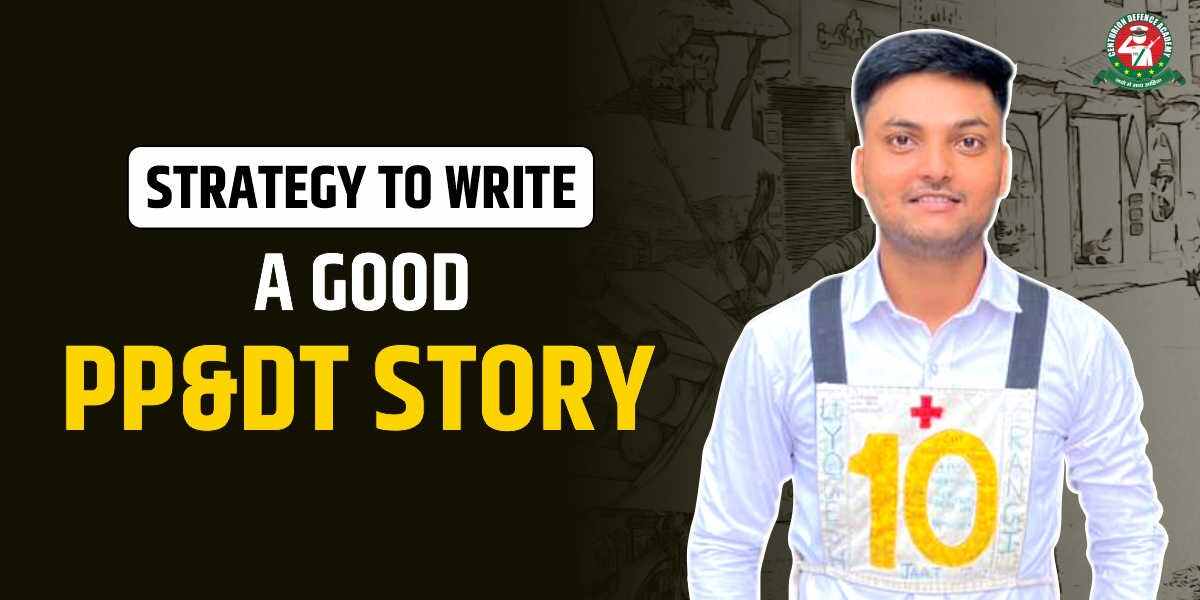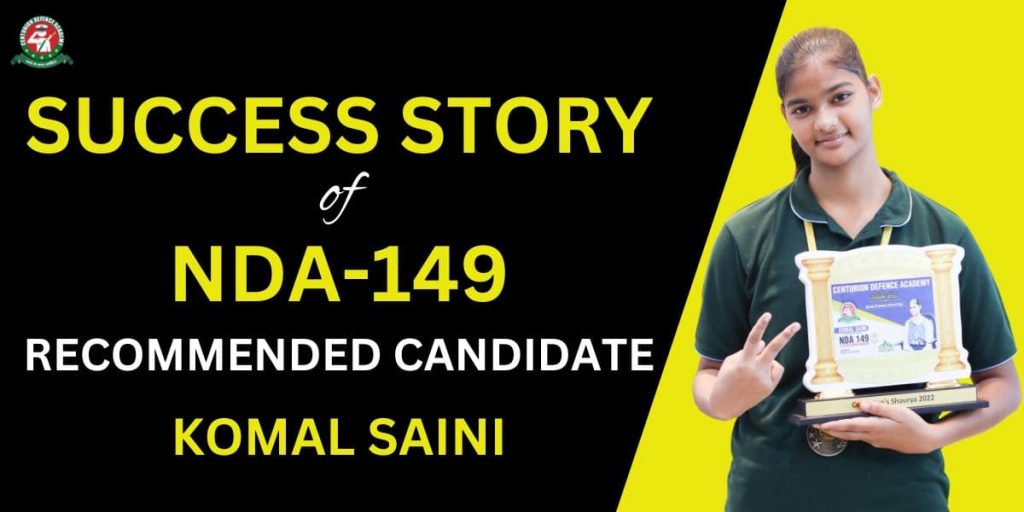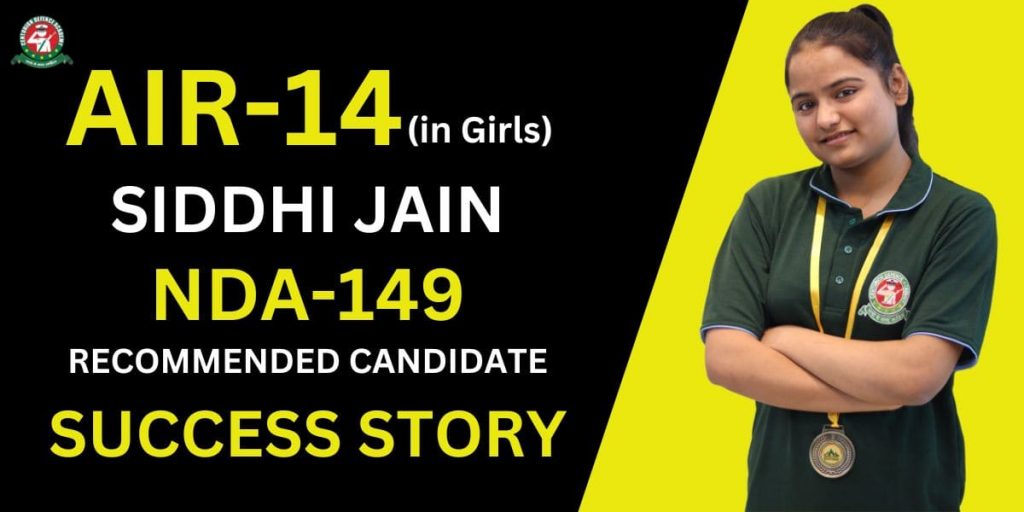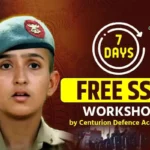
Strategy To Write A Good PP&DT Story In SSB Interview
PP&DT is known as the picture perception and discussion test. It is the part of the screening test that is held on the very first day. It is very crucial as it decides whether the candidate will stay for the next 4 – 5 days of the SSB process or not.
PP&DT test comprises of two stages, in stage one the candidates are shown a hazy picture and thus they have to write a story around that picture, mark the characters, their mood, age, sex etc. as per their perceptions, in stage two the candidates are seated in a group of around 10-18 and one by one they narrate their stories immediately followed by a discussion which aims at arriving at a common story and then one person decided by the group narrates the story to the panel sitting there.

Tips for PP&DT Story Writing
First of all, it’s very important to RELAX AND KEEP YOUR MIND CALM. Listen to the instructions of the officer carefully before the start of the test. If the candidates panic then they will not be confident in their stories and will try to change the story again and again due to which they would become nervous during their narration time.
The picture is shown for 30 seconds, in that time you have to OBSERVE THE PICTURE VERY CAREFULLY.
Formulate a story around the one main character. Try to IMITATE
YOURSELF INTO THE CHARACTER and think what would you do if you were the hero of the story? Try to build relations of other characters with the main character and how the hero takes all of them together and makes a solution-oriented group. You can include actions from your own experience or achievements related to the picture.
Your story should make an impact. Include ideas from newspapers, books, or any inspirational ideas or ‘start-ups’ that you observed around you.
Keep the mood of most of the characters in the positive mode unless they are deliberately shown negatively.
If the main character is a young person then you can write your own age if not then you can imagine something that you would be doing when you will be of that age. For eg, There was a picture in which an old man was sitting on a wooden chair and reading a book. It was clearly visible that the person is old so I made a story that the person is retired and has opened up a library for unprivileged children as he had a good collection of books since his childhood days. SO ITS NOT COMPULSORY TO ALWAYS MAKE THE HERO OF YOUR AGE OR GENDER ONLY.
Try to find the PURPOSE and not the NEED in your story. Do not write any pre-conceived story as they would hamper your creative thinking. Do not write an imaginative story that would be impractical in the real world. Your main character should not be the superhero who could solve all the problems but a person with good character and leadership qualities who takes his group along with him.
After formulating the whole story in 30 seconds, start marking the characters, mood, and age group in the square box given. The number of characters should be the same as shown and should NOT be hampered accordingly. DO NOT PLANT ANY CHARACTER FROM OUTSIDE.
Give a suitable title to the story which would create an impact on the first impression. It could be one word or a group of words describing your story.
Now start writing your story with the introduction. Your story should be in the past tense.
You can give any name to the main character as suitable to your story. The introduction should be of 2-3 lines. There should be no adjectives used for any character.
Now start building the action of the story around your characters. Your story may include past, present, and future. Do not start describing the picture that you have seen. A positive story does not mean that everything was negative earlier or there was a problem and the hero has made it into a positive solution but it could be that the hero had found a purpose to do something positive. Keep in mind of the OLQ’s and try to depict it in the actions of the hero however no such quality should be written directly in the story. Your action should be short and crisp and should end within 5-6 sentences.
Finally comes the conclusion of the story. The ending of the story should be very smooth and it should not be abrupt. The action of the story should lead up to the conclusion of the story. It should have the successful achievement of the goal after the efforts of the people led by the hero. The conclusion should end within 2-3 sentences. Read it once before submitting the sheet.
Be confident even if you were not able to complete your story. Revise it again and again in your mind before going to the discussion room. You may improvise your story if you want but do not change the whole crux of it while narrating.























Leave Comment